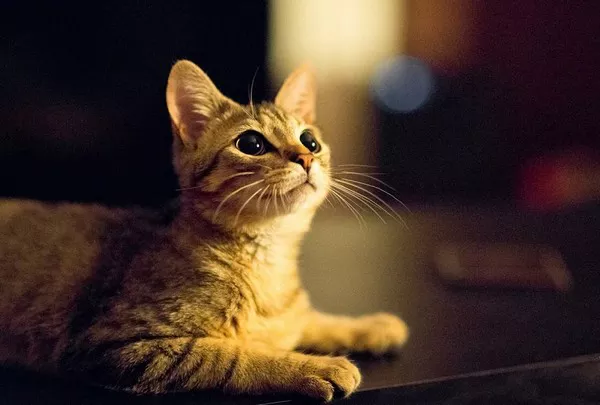1. Introduction
Calico cats are renowned for their vibrant coat patterns, characterized by patches of white, orange, and black fur. A longstanding belief among cat enthusiasts is that these feline beauties can change color with temperature variations. This phenomenon has intrigued scientists and pet owners alike, prompting investigations into the genetics and physiology behind calico coat patterns. In this article, we delve into the fascinating world of calico cat genetics, exploring the role of temperature sensitivity in their coloration.
2. Understanding Calico Cat Genetics
To comprehend the coloration of calico cats, one must first grasp the basics of feline genetics. Unlike some other animals, cats possess two distinct types of pigment cells: eumelanin, responsible for black or brown colors, and pheomelanin, which produces red or orange hues. Additionally, a gene known as the X-chromosome inactivation (XCI) plays a pivotal role in determining coat patterns in female cats.
3. The Piebald Gene: A Key Player
Calico cats owe their distinctive patterns to a gene called the piebald gene, also known as the white spotting gene. This gene controls the distribution of white fur on a cat’s coat, resulting in the characteristic patches seen in calicos. Furthermore, the piebald gene interacts with other genes responsible for coloration, contributing to the intricate patterns observed in calico cats.
4. Temperature-Sensitive Coloration
One of the enduring myths surrounding calico cats is their supposed ability to change color with temperature fluctuations. While this notion may seem fanciful, there is some scientific basis to suggest that temperature can influence the perception of a calico cat’s coat color. However, it’s essential to clarify that the actual color of the fur does not change; rather, environmental conditions may affect how the colors appear to the human eye.
5. The Role of Skin Temperature
The color perception of a calico cat’s fur can be influenced by variations in skin temperature. Cold temperatures may cause blood vessels near the skin’s surface to constrict, resulting in a paler appearance of the orange and black patches. Conversely, warmer temperatures can dilate blood vessels, making the colors appear more vibrant. This temperature-dependent phenomenon can create the illusion of color change in calico cats under different environmental conditions.
6. Environmental Factors and Adaptation
While temperature sensitivity may contribute to the perceived color changes in calico cats, environmental factors also play a significant role in shaping their coat patterns. Factors such as exposure to sunlight, diet, and overall health can impact the intensity of fur colors and the clarity of the distinct patches. Additionally, selective breeding practices have influenced the prevalence and appearance of calico cats in different regions.
7. Fun Facts and Anecdotes
Calico cats have captured the imagination of people around the world, inspiring numerous legends and superstitions. In Japanese culture, calico cats are revered as symbols of good luck and prosperity. Additionally, these multicolored felines are often associated with the state of Maryland in the United States, where they hold the esteemed position of official state cat.
8. Conclusion
In conclusion, while calico cats do not undergo literal color changes in response to temperature variations, environmental factors can influence the perception of their coat colors. Understanding the genetics behind calico cat coloration, particularly the role of the piebald gene and X-chromosome inactivation, provides valuable insights into the intricacies of feline biology. As we continue to unravel the mysteries of calico cat genetics, we gain a deeper appreciation for these enchanting creatures and the beauty of their unique coat patterns.
Related Topics:

























